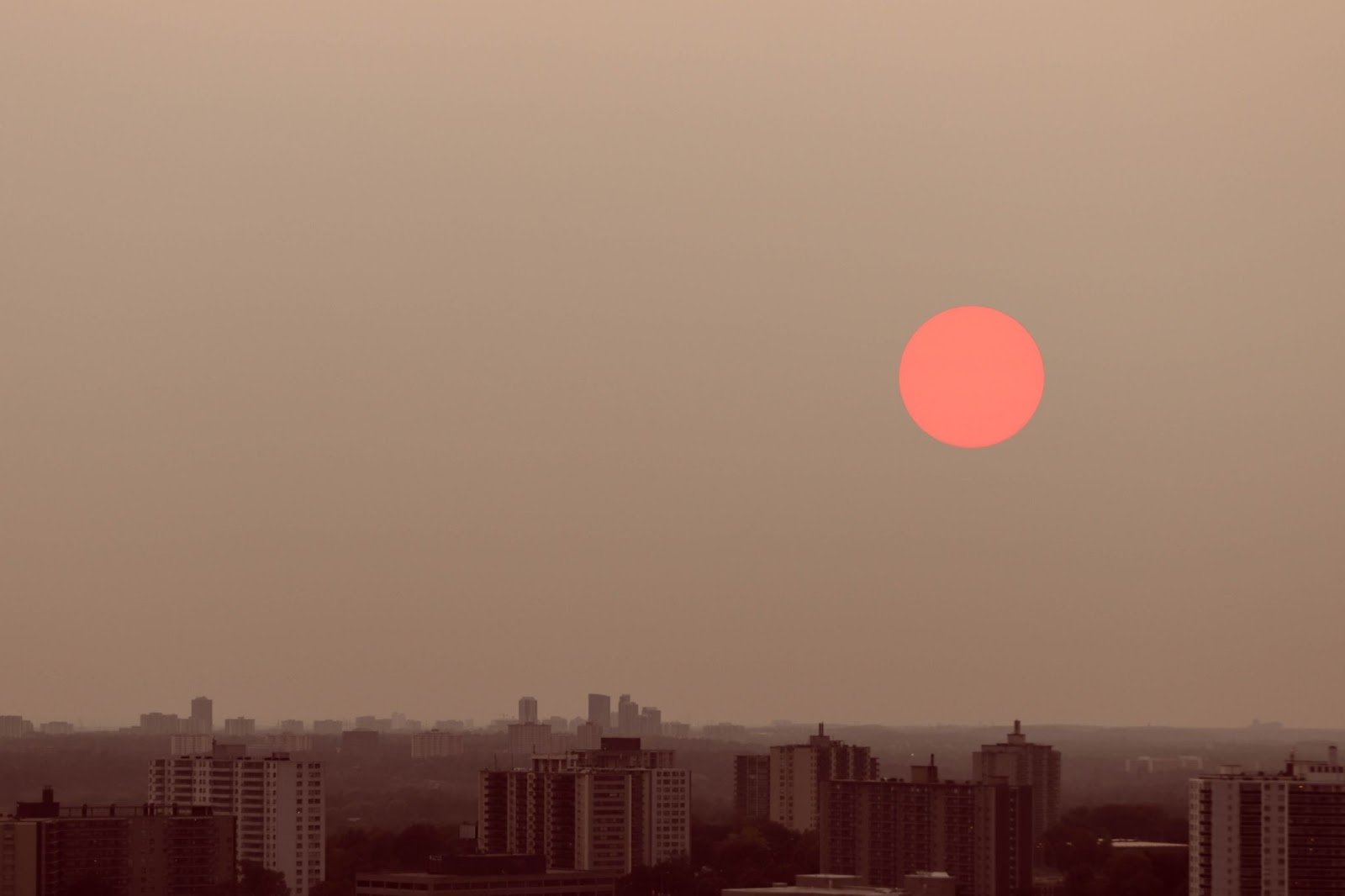2023 Legislative Outcomes on Climate and Energy
Written by the Carbon Cashback Task Force
We could write a long newsletter about all the climate and energy bills that failed to reach the Governor’s desk this year, but we’ll opt instead for a summary of the smattering of bills that succeeded.
The Governor signed most of these bills into law during a ceremony on July 5, saying, “Today we are taking action to build a clean energy future by signing bills that will create more standards for efficiency, protect our environment, and create more opportunities for collaboration.”
Clean Transportation. Transportation contributes about half of all greenhouse gas emissions in the State. SB1024 sets a goal (without a timeline) of zero greenhouse gas emissions in the transportation sector, including both ground transportation and inter-island transportation by sea and air. State agencies must incorporate this goal into their programs, and the bill establishes two working groups within the Department of Transportation to further the goal—one for ground transportation and the other for inter-island transportation. This new goal complements the State’s overarching goal—adopted in 2018—of having a carbon-negative economy by 2045.
Efficient Lighting. HB192 prohibits the sale of most types of fluorescent light bulbs starting in 2025. The main alternative to fluorescent bulbs, LEDs, is more efficient, so this bill is expected to result in reduced greenhouse gas emissions and cost savings for consumers. It also will help avoid the health risks associated with the mercury in fluorescent bulbs.
Efficient Appliances. SB691 expands Hawaiʻi’s regulation of small appliances. Large appliances like washers and dryers are regulated by the federal government, but states are free to establish energy and water efficiency standards for other appliances. This bill adds standards for spas, fans, toilets, and water coolers to those that already exist for computers, faucets, showerheads, and sprinklers. The new standards are expected to result in cost savings for consumers and reduced greenhouse gas emissions and water consumption.
Efficient Commuting. SB968 allows State employees to share their rented parking stalls and establishes a pilot program to provide bike storage lockers at State facilities. This will provide an incentive to carpool and use non-car transportation, reducing commuting costs and greenhouse gas emissions.
Residential Solar Energy. The State’s two-year budget bill, HB300, includes $100 million for fiscal year 2024 for the Hawaiʻi Green Infrastructure Authority, which provides low-interest loans for solar panels and battery storage systems to low- and moderate-income households and other entities. To balance the budget against the most recent revenue forecast, the Governor announced his intent to make a number of line-item vetoes, including reducing this solar loan appropriation to $50 million. He explained that the State wouldn’t be able to spend the entire $100 million in the next fiscal year.
Green Hydrogen. Hydrogen fuel produced from clean energy sources can play an important role in decarbonizing hard-to-electrify sectors, such as heavy-duty ground transportation and sea and air transportation. With appropriations of $5.5 million and $10 million for fiscal years 2024 and 2025, respectively, HB28 directs the Department of Business, Economic Development, and Tourism to work with the University of Hawaiʻi to start developing the Hawai‘i Pacific Hydrogen Hub. The State is hoping to secure federal funding to develop Hawaii’s hub into one of a handful Regional Clean Hydrogen Hubs across the country. These “H2Hubs” are intended to create networks of hydrogen producers, consumers, and local connective infrastructure to accelerate the use of hydrogen as a clean energy carrier.
Building with Climate Change. The Hawaiʻi Community Development Authority is responsible for guiding development of the Kaka‘ako and Kalaeloa Community Development Districts. SB1417 amends the development guidance policies for these two districts such that “development shall consider the impacts of climate change, sea level rise, and climate-resilient development in the design and siting of buildings.”
Time-of-Use Electricity Rates. This isn’t new legislation, but the Public Utilities Commission is rolling out a new program to charge different electricity rates depending on the time of day. During the daytime, when solar energy is most abundant, rates will be one third as much as rates during the evening, when demand is greatest, and one half of late-night rates. As customers shift their consumption patterns in response to these price differences, we can expect a reduction in use of fossil fuels, more reliable and resilient electric grids, and smaller electric bills. The program will begin this summer with a pilot that involves about four percent of randomly selected Hawaiian Electric customers. See Hawaiian Electric for more information.
These bills are good news, but each is narrow in scope, and their collective impact on greenhouse gas emissions in Hawaiʻi will be modest. Much more ambitious action will be needed to reach the State’s climate and energy goals.
Please stay tuned as we prepare for next year’s legislative session. We’ll continue to promote Carbon Cashback, a policy that would reduce greenhouse gas emissions throughout Hawaiʻi’s economy while providing substantial cash benefits to most families.
Climate News
Canada’s fire season got off to an early and intense start as the smothering smoke from hundreds of wildfires caught the world’s attention. In the second week of June, much of the Northeast and Midwest was affected. After a reprieve of a couple of weeks, the smoke returned to the United States in the last week of June, putting 120 million people—more than a third of the country’s population—under air quality alerts. This was promptly followed with 38 million Americans being put under heat alerts in the first week of July as the global average air temperature hit unofficial record highs, according to Climate Reanalyzer.
Attributing a particular spate of wildfires to climate change is difficult, but Canada’s 2023 fire season, which is forecast to be the most severe on record, is consistent with climate forecasts. The latest assessment report from the IPCC concludes that under higher levels of global warming, “compound hot and dry conditions” will become more probable in nearly all land regions, and some regions will see more frequent “fire weather,” a combination of temperature, soil moisture, humidity, and wind conditions.
Photo by DESIGNECOLOGIST on Unsplash
Brought to you by the Carbon Cashback Task Force
Click here for more information, or email hawaiicarboncashback@gmail.com


